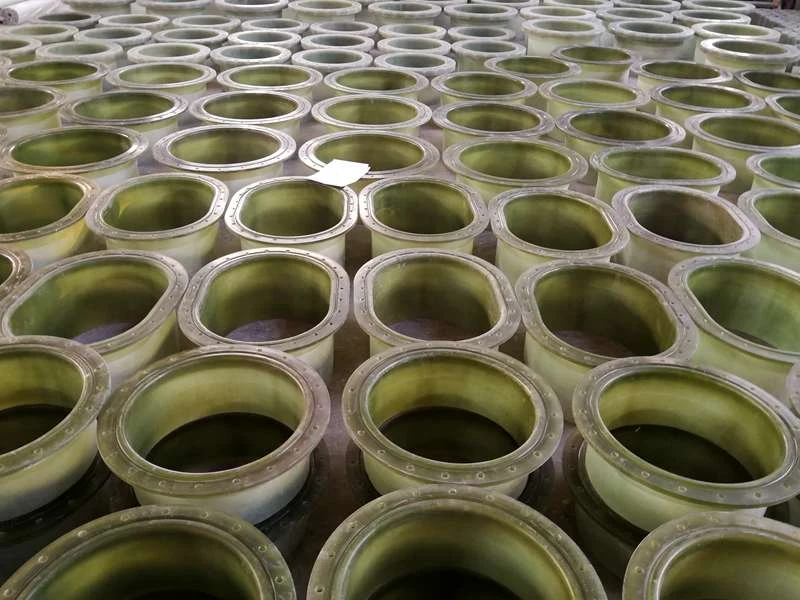
-
 Afrikaans
Afrikaans -
 Albanian
Albanian -
 Amharic
Amharic -
 Arabic
Arabic -
 Armenian
Armenian -
 Azerbaijani
Azerbaijani -
 Basque
Basque -
 Belarusian
Belarusian -
 Bengali
Bengali -
 Bosnian
Bosnian -
 Bulgarian
Bulgarian -
 Catalan
Catalan -
 Cebuano
Cebuano -
 China
China -
 China (Taiwan)
China (Taiwan) -
 Corsican
Corsican -
 Croatian
Croatian -
 Czech
Czech -
 Danish
Danish -
 Dutch
Dutch -
 English
English -
 Esperanto
Esperanto -
 Estonian
Estonian -
 Finnish
Finnish -
 French
French -
 Frisian
Frisian -
 Galician
Galician -
 Georgian
Georgian -
 German
German -
 Greek
Greek -
 Gujarati
Gujarati -
 Haitian Creole
Haitian Creole -
 hausa
hausa -
 hawaiian
hawaiian -
 Hebrew
Hebrew -
 Hindi
Hindi -
 Miao
Miao -
 Hungarian
Hungarian -
 Icelandic
Icelandic -
 igbo
igbo -
 Indonesian
Indonesian -
 irish
irish -
 Italian
Italian -
 Japanese
Japanese -
 Javanese
Javanese -
 Kannada
Kannada -
 kazakh
kazakh -
 Khmer
Khmer -
 Rwandese
Rwandese -
 Korean
Korean -
 Kurdish
Kurdish -
 Kyrgyz
Kyrgyz -
 Lao
Lao -
 Latin
Latin -
 Latvian
Latvian -
 Lithuanian
Lithuanian -
 Luxembourgish
Luxembourgish -
 Macedonian
Macedonian -
 Malgashi
Malgashi -
 Malay
Malay -
 Malayalam
Malayalam -
 Maltese
Maltese -
 Maori
Maori -
 Marathi
Marathi -
 Mongolian
Mongolian -
 Myanmar
Myanmar -
 Nepali
Nepali -
 Norwegian
Norwegian -
 Norwegian
Norwegian -
 Occitan
Occitan -
 Pashto
Pashto -
 Persian
Persian -
 Polish
Polish -
 Portuguese
Portuguese -
 Punjabi
Punjabi -
 Romanian
Romanian -
 Russian
Russian -
 Samoan
Samoan -
 Scottish Gaelic
Scottish Gaelic -
 Serbian
Serbian -
 Sesotho
Sesotho -
 Shona
Shona -
 Sindhi
Sindhi -
 Sinhala
Sinhala -
 Slovak
Slovak -
 Slovenian
Slovenian -
 Somali
Somali -
 Spanish
Spanish -
 Sundanese
Sundanese -
 Swahili
Swahili -
 Swedish
Swedish -
 Tagalog
Tagalog -
 Tajik
Tajik -
 Tamil
Tamil -
 Tatar
Tatar -
 Telugu
Telugu -
 Thai
Thai -
 Turkish
Turkish -
 Turkmen
Turkmen -
 Ukrainian
Ukrainian -
 Urdu
Urdu -
 Uighur
Uighur -
 Uzbek
Uzbek -
 Vietnamese
Vietnamese -
 Welsh
Welsh -
 Bantu
Bantu -
 Yiddish
Yiddish -
 Yoruba
Yoruba -
 Zulu
Zulu
frp sand pipe
Understanding FRP Sand Pipes Applications and Benefits
Fiber Reinforced Polymer (FRP) sand pipes are becoming an increasingly popular choice in various industries, particularly in construction, plumbing, and infrastructure projects. Their unique composition of polymer materials reinforced with fibers offers distinct advantages over traditional piping materials, such as metal and concrete. This article explores the key features, applications, and benefits of FRP sand pipes.
Understanding FRP Sand Pipes Applications and Benefits
One of the primary benefits of FRP sand pipes is their lightweight nature, making them easier to transport and install. This attribute translates to lower labor costs and expedited project timelines. Furthermore, FRP pipes can be fabricated in various sizes and shapes to suit specific project requirements, offering flexibility that is often lacking in traditional materials.
frp sand pipe

The durability of FRP sand pipes is another critical advantage. They are designed to withstand extreme environmental conditions, including changes in temperature, humidity, and pressure. This resilience makes them suitable for a wide range of applications, from industrial wastewater treatment to mining operations, where they can efficiently transport sand and other abrasive materials without suffering damage.
Moreover, FRP sand pipes contribute to sustainability efforts. Their extended lifespan means fewer replacements and less waste in landfills. Additionally, the production process for FRP materials can be more energy-efficient compared to metals, further minimizing the environmental impact.
In terms of application, FRP sand pipes are widely used in various sectors. In construction, they are often utilized for drainage systems and underground utilities. In the mining industry, they effectively transport sand and slurry, enhancing operational efficiency. Furthermore, FRP pipes have found use in agricultural applications for irrigation systems, proving their versatility.
In conclusion, the adoption of FRP sand pipes represents a significant advancement in piping technology. Their lightweight, durable, and corrosion-resistant properties, combined with their environmental benefits, make them an excellent choice for various applications. As industries continue to seek more efficient and sustainable solutions, FRP sand pipes are poised to play a crucial role in the future of infrastructure development and resource management.
Latest news
-
Exploring the Benefits of Top Hammer Drifter Rods for Enhanced Drilling PerformanceNewsJun.10,2025
-
High-Precision Fiberglass Winding Machine for GRP/FRP Pipe Production – Reliable & Efficient SolutionsNewsJun.10,2025
-
FRP Pipes & Fittings for Shipbuilding - Corrosion-Resistant & LightweightNewsJun.09,2025
-
Premium FRP Flooring Solutions Durable & Slip-ResistantNewsJun.09,2025
-
Premium Fiberglass Rectangular Tanks Durable & Lightweight SolutionNewsJun.09,2025
-
Tapered Drill String Design Guide Durable Performance & UsesNewsJun.09,2025









